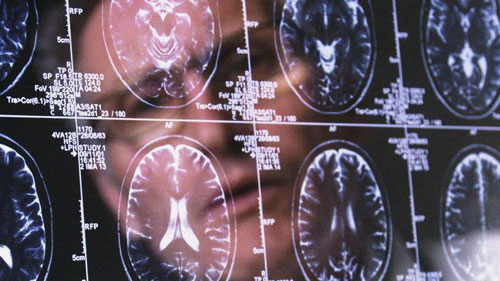THE American Heart Association (AHA) have outlined a list of factors that primary care clinicians should take into consideration when looking after their patients’ brain health.
The guidelines now name crucial factors that affect the maintenance of cognitive abilities.
All of these factors are modifiable, meaning that individuals have control over them and thus are able to improve their own brain health under the guidance of their healthcare practitioner.
When they think about brain health, people may often worry about conditions such as Alzheimer’s disease, the most common form of dementia, which an estimated 6.2 million older adults in the United States are living with in 2021.
The risk of neurodegenerative conditions should not be the only reason to look after our brains throughout our lives, though.
As we age, our brains naturally age with us, leading to effects such as patchy memory and reduced brain mass.
However, there are ways to help keep the brain “in shape” for longer and slow down its inevitable aging. There are also some key factors that influence how healthy the brain remains throughout life.
There is strong evidence that brain health and cardiovascular health are closely connected, so damage to the heart and vascular system can negatively affect the brain.
The AHA came up with Life’s Simple 7 in 2017. This brief guide names seven key factors to look out for when it comes to cardiovascular health.
According to the AHA, hypertension (high blood pressure), high cholesterol, high blood sugar, a sedentary lifestyle, a poor diet, a high body mass index (BMI), and smoking all place cardiovascular health at risk.
However, the good news is that these are all environmental factors that individuals may be able to take steps to modify.
Now, in a new scientific statement that appears in the journal Stroke, the AHA reiterate the importance of these seven factors to maintain the health of not only the cardiovascular system but also the brain.
Dr. Lazar, who is the first author of the scientific statement, also notes, “Patients might be more likely to pay attention to the importance of addressing modifiable risk factors if they understood the links.”









